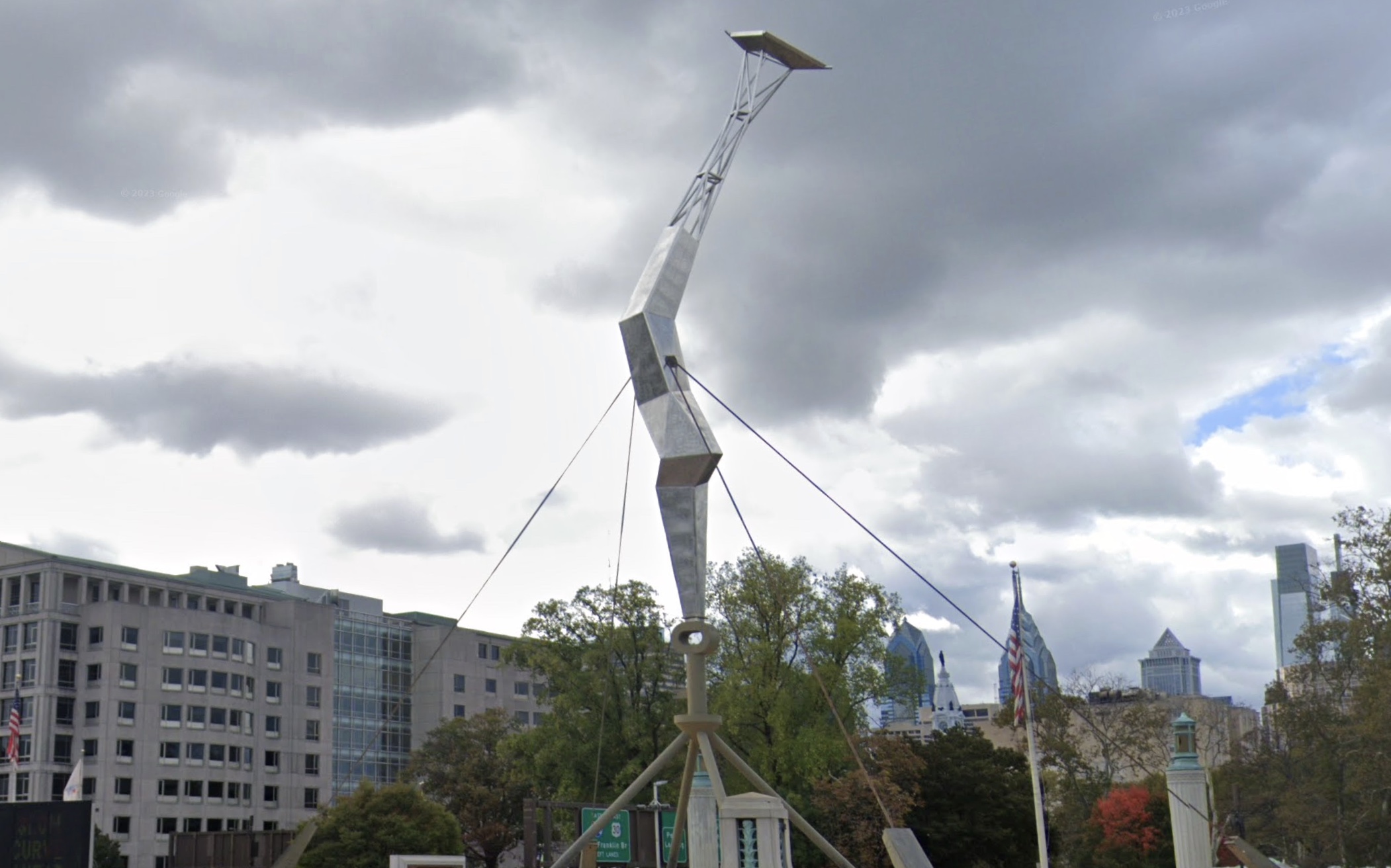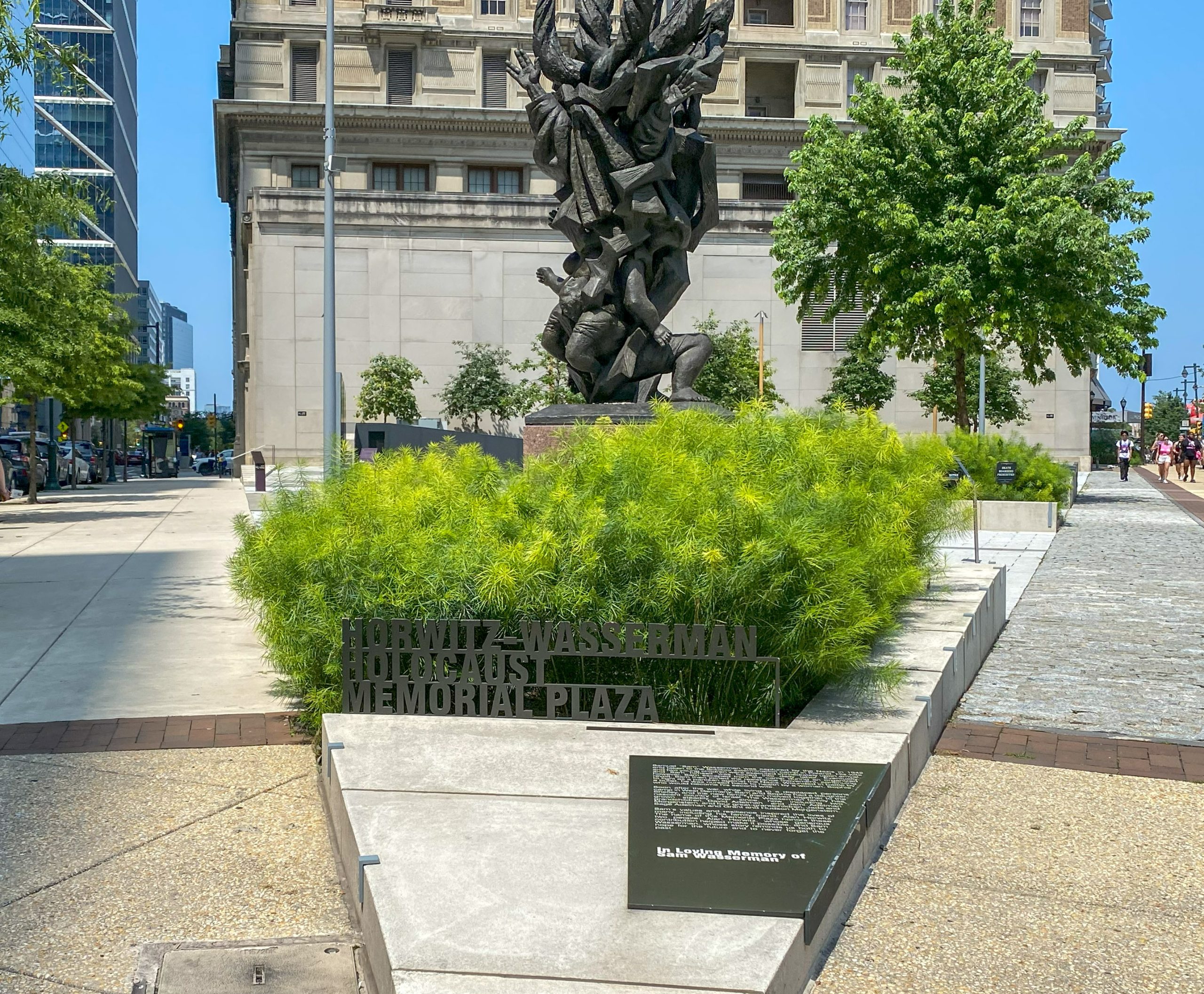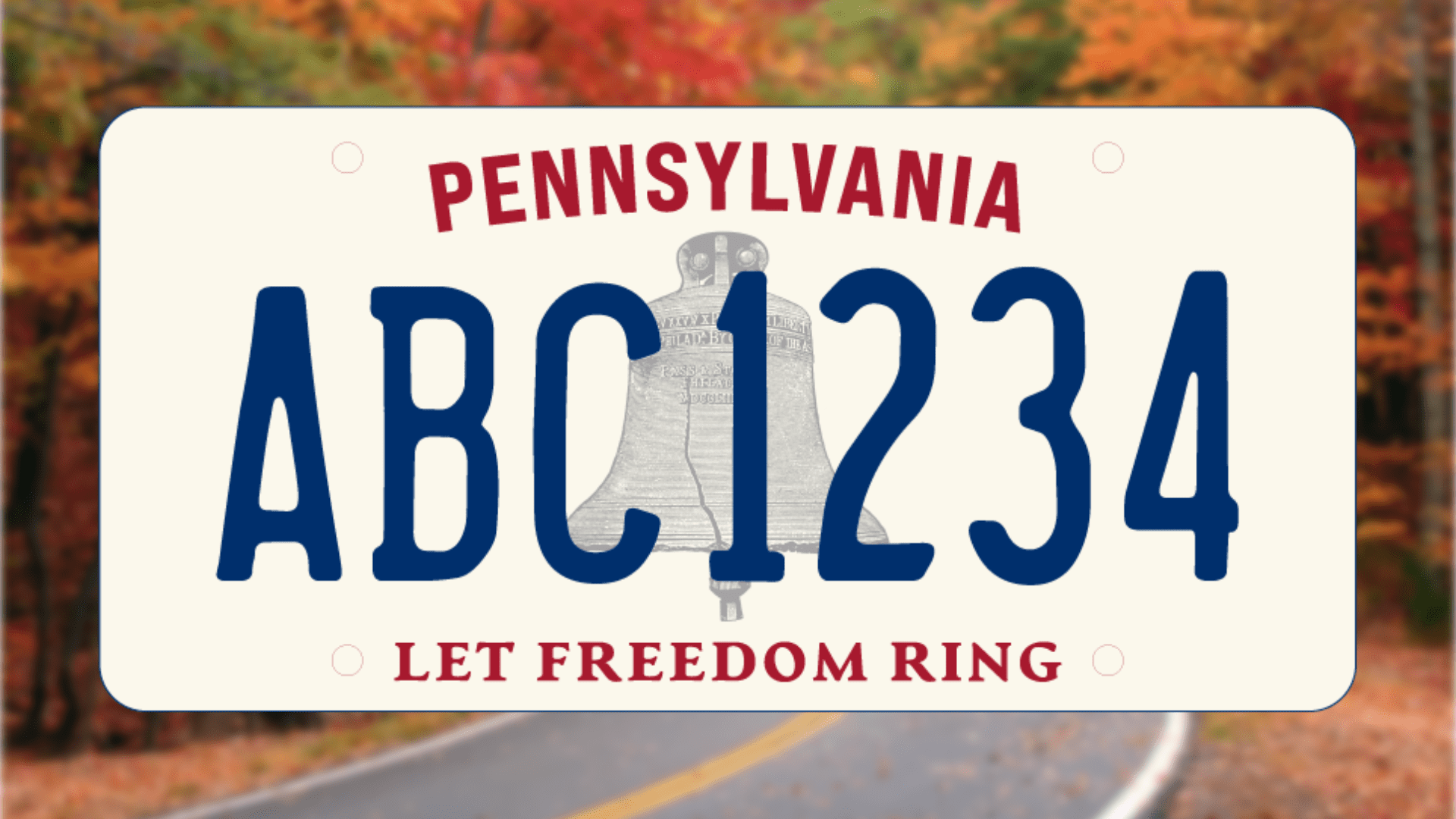Despite being a national symbol, the Liberty Bell has suffered more than its share of indignities. People have stuck chewing gum to it, attached postage stamps and car decals, and tried to ring it with their knuckles. A TV star once licked it!
This stuff doesn’t happen to the Lincoln Memorial or Statue of Liberty.
So, why do Americans do these things to one of the country’s most significant symbols?
“They want to relate to it,” says Karie Diethorn, Supervisory Museum Curator at Independence National Historical Park.
A troubled history
Today the Bell is embedded in the nation’s history, and has its own mythology. There is no evidence the bell was rung on July 4, 1776. One “story” suggests the crack occurred when it was rung to mark the death of Chief Justice John Marshall in 1835. But that is not true, says Diethorn. “That’s probably just when the crack became visible.”
The bell has had a troubled history from its beginning.
“The Pennsylvania Colonial legislature put in an order to purchase a bell from a foundry in London” in 1752, said Diethorn. “The bell was cast there and came over on a ship. Unfortunately, we think the crossing was rough and the bell maybe got thrown around a little bit. Now, whether or not that caused it to crack the first time in 1752, we don’t know.”
The bell was recast – melted down and reformed – two more times. The final version was done by a city foundry operated by two men, Stow and Pass, who added their names to the bell’s inscription, and it was placed in the tower of the Pennsylvania State House, now Independence Hall.
The bell has traveled several times, including in 1777 when it was moved to the Lehigh Valley for safekeeping from the British (who would have probably melted it down and made weapons or bullets from it, said Diethorn) and in the early 20th Century when it was taken around the country on an open rail car, exposing it to the elements.
Diethorn said the bell’s rim became chipped, and people tore off fragments for souvenirs.
“By the early 1870s, and the approaching centennial of the United States, the Liberty Bell at this point has now become a relic of the American Revolution on display to the general public on the first floor of Independence Hall. And people are so enamored of it during the centennial that the city actually had to build a wrought iron cage around it so people wouldn’t take pieces off of it.”
It’s taken a licking
Comedian Stephen Colbert, then host of Comedy Channel’s “The Colbert Report,” did a week of shows from Philadelphia in 2008, and did the touristy bits, such as ordering a cheesesteak from Pat’s. He visited the bell and, in front of a park ranger, leaned over and licked it.
“He’s irreverent,” says Diethorn. “Well, again, you know, it’s this idea that people are people and sometimes when we all kind of converge at a point in time and space, weird stuff happens.”
Weird or not, the stunt still annoys Diethorn and others at the Park Service.
6 things to know
- Twice a year, on Feb. 14 (Freedom Day) and July 4, someone — a city official, a visiting dignitary, etc. — is given a soft-headed mallet that musicians use to play cymbals (Diethorn bought it at a music store) and gently taps the bell’s exterior. Nobody has “rung” the bell in a very long time, she said. Some dignitaries who “ring” the bell are permitted to touch it, though they are provided white cotton gloves, so the oils from their skin won’t affect it.
- Since 2003, the bell has been displayed in a building across the street from Independence Hall, The Liberty Bell Center. The bell is positioned with a view of Independence Hall in the background through the Center’s glass walls.
- The Liberty Bell’s inscription, “Proclaim LIBERTY Throughout All the Land Unto All the Inhabitants thereof” (from the Bible, the Book of Leviticus 25:10), went uncelebrated during the Revolutionary War. But by the 19th Century, this inscription provided a rallying cry for abolitionists, who first referred to the bell as the “Liberty Bell” in 1835, years before that name was widely adopted.
- In 1847, “Ring, Grandfather, Ring,” a fictional story by George Lippard, made Americans familiar with the bell. In the 20th Century, movements from Women’s Suffrage to Civil Rights have embraced the Liberty Bell as a symbol for both protest and celebration.
- While no one alive has heard the bell rung, it is believed its sound was in E flat.
- The bell weighed approximately 2,000 pounds at order. It is made of bronze, a conglomeration of 70 percent copper, 25 percent tin and small amounts of lead, gold, arsenic, silver, and zinc. The bell’s wooden yoke is American elm, but there is no proof it is the original yoke.
“I’ve always loved three-dimensional objects as evidence of the past,” says Diethorn. “The human beings from the past aren’t here, but their stuff is here. I continue to be absolutely obsessed with that idea, that I can hold in my hand something that someone held 500 years ago. And to me, the universality of being human is embedded in these artifacts.”





























